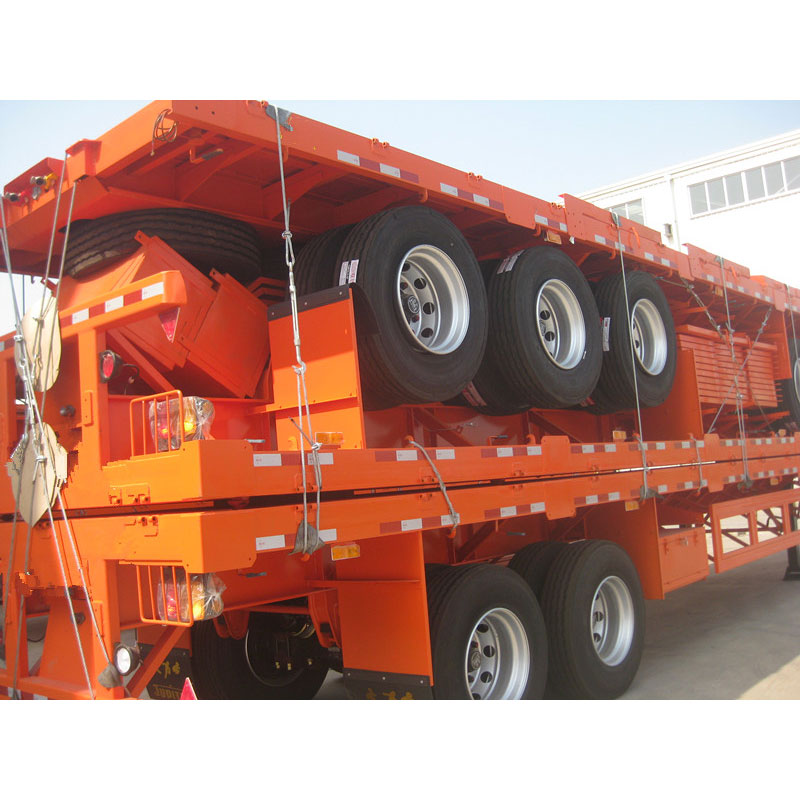Why the Flatbed Semi Trailer Remains a Top Choice in Heavy Haul Transportation
2025-04-08
In the world of logistics and freight transport, having the right trailer makes all the difference. Among the many types of trailers used for hauling goods, the flatbed semi trailer stands out as one of the most versatile and dependable. Whether it is used for transporting construction materials, machinery, or oversized cargo, the flatbed trailer continues to play a crucial role in industries worldwide.
What is a Flatbed Semi Trailer?
A flatbed semi trailer is a long, open-deck trailer with no sides or roof. It is designed to be attached to a truck tractor and is commonly used for transporting heavy or large items that do not fit easily into enclosed trailers. The open structure of the flatbed allows for easy loading and unloading from the top, sides, or rear, making it ideal for cargo that requires flexibility in handling.
Versatility and Convenience
The flatbed semi trailer is highly valued for its flexibility. It can carry a wide range of goods, from steel coils and lumber to industrial equipment and prefabricated structures. Because there are no walls or roof to restrict the load, it can handle cargo of various shapes and sizes. This versatility reduces the need for specialized equipment and streamlines the transport process.
Another major advantage is the ease of access. Forklifts and cranes can load and unload items from any angle, which speeds up operations and reduces downtime. This is especially important in busy construction sites, ports, and distribution centers.
Built for Strength and Durability
Flatbed semi trailers are built to endure heavy loads and harsh working conditions. They are typically made from strong materials like steel or aluminum to support large cargo weights. Many models also feature reinforced flooring and multiple tie-down points to secure the load during transport. These features help prevent shifting and damage while driving over long distances or rough terrain.
Key Role in Construction and Industry
In construction and manufacturing, flatbed semi trailers are essential. They transport materials like concrete beams, pipes, steel frames, and large machines that are too bulky for enclosed trailers. Without flatbeds, moving such items would be much more complicated and costly.
Even in agriculture and energy sectors, flatbeds are commonly used to move tractors, wind turbine parts, and other specialized equipment. Their open design allows for the transport of unusually shaped items that other trailer types cannot handle.
Safety and Compliance
Modern flatbed trailers are equipped with features that ensure cargo safety and regulatory compliance. From anti-lock braking systems to proper lighting and load securing equipment, these trailers meet safety standards required by transport authorities. Operators must also follow best practices when it comes to weight distribution and tie-down techniques to avoid accidents on the road.
Conclusion
The flatbed semi trailer remains a powerful asset in heavy-duty transportation. Its open and accessible design makes it one of the most adaptable trailer types available today. Whether for construction, manufacturing, agriculture, or general freight, flatbeds deliver reliable performance and practical value. As industries continue to demand efficient and flexible transport solutions, the flatbed semi trailer will continue to be a trusted choice for businesses around the world.



